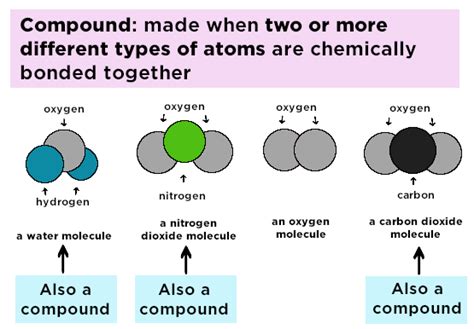Maximize gym time: Build lean muscle & power with fewer workouts?

Unlock Your Potential: Quality Over Quantity in the Gym
In a world where time is a precious commodity, the idea of achieving significant fitness goals with fewer workouts often sounds too good to be true. Many gym-goers believe that more time spent pumping iron directly correlates to more muscle and strength. However, this isn’t always the case. For busy individuals, or anyone looking to optimize their training, a smarter approach focusing on intensity, efficiency, and recovery can be the key to unlocking lean muscle gains and explosive power without sacrificing hours each week.
This article will delve into the principles that allow you to maximize every minute in the gym, proving that you can indeed build an impressive physique and formidable strength with a more strategic, less time-consuming training schedule.
The Science of Smart Training: Why Less Can Be More
The human body responds to stimulus, adapts, and grows during recovery, not during the workout itself. Over-training can hinder progress by not allowing adequate time for muscle repair and central nervous system recovery. The core principle behind successful, time-efficient training is progressive overload – consistently challenging your muscles to do more over time, whether through heavier weights, more reps, or increased time under tension.
When combined with sufficient intensity and proper recovery, fewer, highly focused workouts can be incredibly effective. This approach minimizes the risk of burnout, reduces cortisol levels (which can impede muscle growth), and ensures each session delivers maximum impact.

Key Strategies for Building Muscle and Power with Fewer Workouts
1. Embrace Full-Body Workouts
Instead of splitting your workouts to target individual muscle groups on different days, full-body routines hit all major muscle groups in a single session. This allows for higher frequency training for each muscle group (e.g., 2-3 times per week), which is crucial for stimulating muscle protein synthesis and promoting growth and strength. A well-designed full-body workout can be completed in 45-75 minutes and ensures no muscle group is left behind.
2. Prioritize Compound Movements
Compound exercises are multi-joint movements that engage several muscle groups simultaneously. Think squats, deadlifts, bench presses, overhead presses, and rows. These movements are superior for building overall strength, muscle mass, and burning more calories compared to isolation exercises. They also stimulate a greater hormonal response, which is beneficial for muscle growth and recovery. By focusing on 3-5 key compound movements per session, you can achieve a highly effective workout in less time.
3. Increase Intensity, Not Volume
To make fewer workouts count, intensity is paramount. This doesn’t necessarily mean lifting maximal weights every session, but rather pushing yourself to your limits within the rep ranges you choose. Techniques like shorter rest periods between sets (to increase metabolic stress), supersets (pairing two exercises with no rest), or even drop sets can increase the intensity of your workouts without adding significant time or volume. The goal is to maximize muscle fiber recruitment and fatigue in fewer sets.

4. Optimize Your Recovery
Your body grows stronger outside the gym. Adequate sleep (7-9 hours), proper nutrition (sufficient protein intake, complex carbohydrates, and healthy fats), and stress management are non-negotiable for maximizing the benefits of your training. When you train less frequently but with higher intensity, recovery becomes even more critical to ensure your body can repair, rebuild, and adapt effectively for the next session.
Sample Efficient Workout Structure (2-3 Days/Week)
Here’s a basic template for a highly effective, low-frequency workout schedule:
- Workout A: Squats, Bench Press, Barbell Rows, Overhead Press, Face Pulls.
- Workout B: Deadlifts (or Romanian Deadlifts), Incline Dumbbell Press, Lat Pulldowns, Leg Press, Core work.
Perform Workout A on Monday, rest Tuesday, perform Workout B on Wednesday, rest Thursday, perform Workout A again on Friday (or a variation of B). This allows for adequate recovery between sessions while hitting all major muscle groups multiple times a week with compound movements.

The Mindset for Success: Consistency and Patience
Switching from a high-volume, frequent training schedule to a more condensed, intense one requires a shift in mindset. Trust the process and focus on progressive overload in each session. Log your workouts to track your progress and ensure you are continually challenging yourself. Consistency, even with fewer sessions, will always trump sporadic, overzealous training. Listen to your body, prioritize proper form over ego lifts, and be patient – results take time, regardless of your schedule.

Conclusion: Train Smarter, Not Harder
Building lean muscle and power doesn’t demand living in the gym. By adopting a strategic approach that prioritizes full-body compound movements, high-intensity training, and robust recovery, you can achieve remarkable results with fewer workouts each week. This not only makes fitness more sustainable and enjoyable but also frees up valuable time for other aspects of your life. Embrace the power of efficiency, challenge your body intelligently, and watch as you transform your physique and strength in less time than you ever thought possible.









